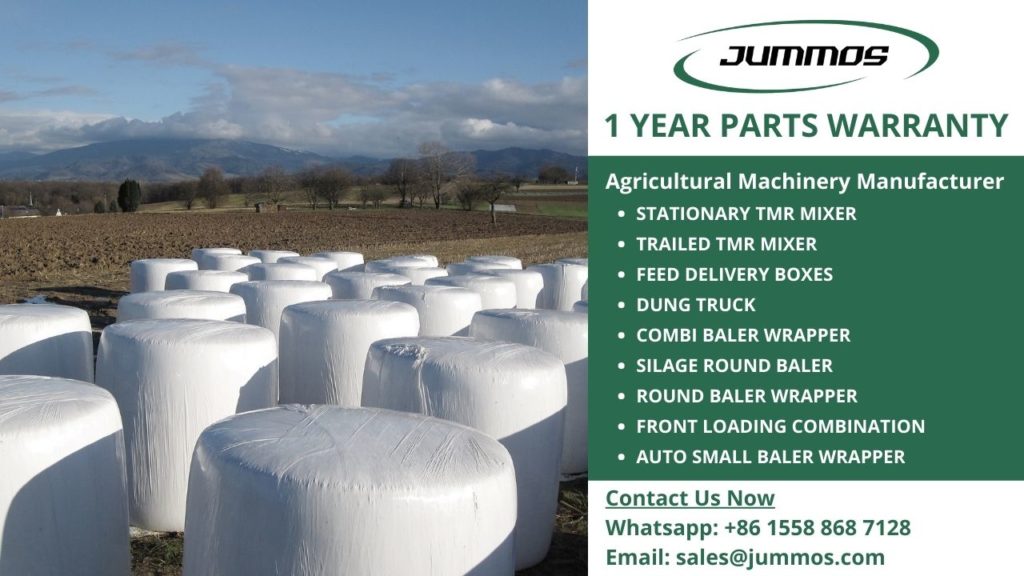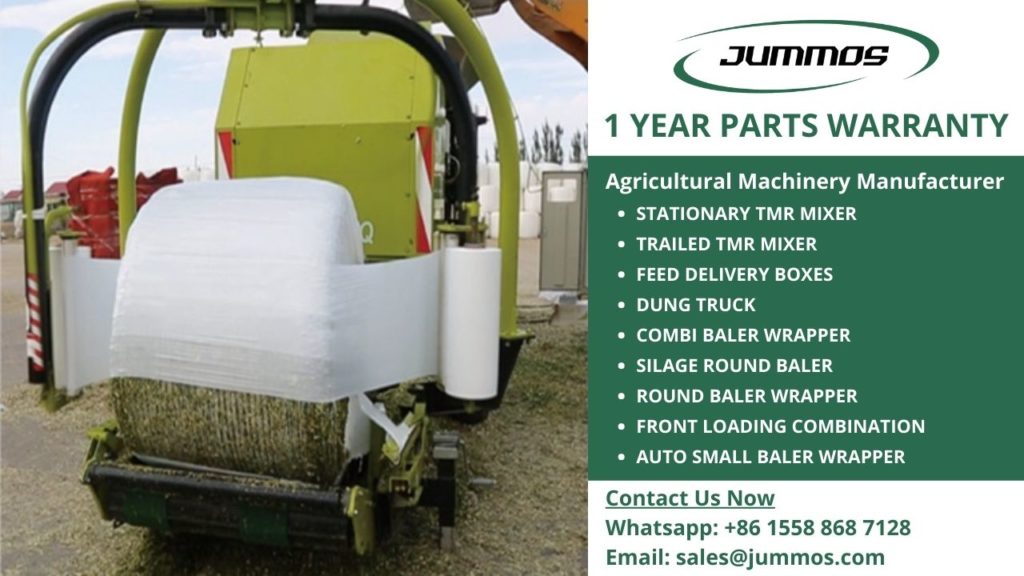The existence of balers and how do balers work is one of the main focuses in the industry. The primary function of the baler is to provide better and more compact material storage for many solid industrial wastes and all recyclable items. Balers are also a mainstay in agriculture, especially in post-harvest handling. This machine can tidy up the leftover grass, including straw and corn, into a solid form, either cylindrical or square.
A description of how to do balers work should be followed by more specific information, such as a baler for hay or other agricultural projects. If the small farmers ignore the presence of grass and hay after they harvest, this is precisely what the big farmers need. What is considered “waste” in agricultural areas can be used as raw material for making expensive silage?
Contents
How Do Balers Work to Support Silage Making?
Agricultural waste that is scattered at harvest time must be tidied up, collected, and then used for feed or other purposes. As we know, some types of grass, such as straw and sorghum, are excellent fresh feed ingredients for increasing livestock production. Balers for agriculture can support the manufacture of silage-based feeds by forming them in cylindrical or square solids.
Silage should ideally be able to provide high energy and protein content for livestock. Straw balers can start by gathering all the grass on the ground, then immediately compact it. After the bales are formed, take the next step, which is to wrap the bales so that the straw bales can start the fermentation process to become silage a few months later.
Here are some things you need to know about how to do balers work in silage making:
- Generally, there are two types of balers for agriculture, one of which is a machine that produces cylindrical bales and one that produces square bales.
- The baler that forms the cylindrical bale effectively controls the moisture content of the silage so that it greatly affects its quality as animal feed. As we know, too dry silage will cause the straw to lose its nutrients. Meanwhile, when it is too thick, it will cause rot.
- Straw bales that have been handled by the baler must be wrapped up in less than 24 hours. This will preserve the nutrients contained, as well as minimize forage loss in the bale. The bale wrapper will support a faster and more efficient bale wrapping process.
History of Balers
Industry first introduced and used the baler in 1930. The hay baler, being the oldest, helps many farmers keep haystacks tidy. Traditionally, workers manually cut the straw to a uniform size, stacked it with a special fork, and then compacted it using a baler. A bale that is too large increases combustion risks. Conversely, a too-small bale leads to drying and straw quality degradation.
Subsequently, in 1947, the industry enhanced its bale-making technology with the automatic baler. Balers now come in various forms, such as rectangular and small square types. Their main function, focusing on post-harvest handling, remains unchanged. The primary baler reduces agricultural waste and aids in silage making.
Moreover, as industrial sector technological innovation advances, balers find uses beyond agriculture. For instance, in 1941, a baler was designed to compress oil cans. In the 1970s, balers began managing household waste. The car employs hydraulic pressure from the waterline for operation.
How to Do Baler Work for Non-Agricultural Needs
The baler application focuses on waste management, and its functions will become very common with more specific machines. Along the way, we can find balers that are not only used for agriculture but also for other needs. Among them for the need for steel recycling and or paper recycling. Certain types of balers are also relied upon in the textile and plastic recycling industries.
Information about how balers work will end with a high curiosity to have one machine on your farm. This is surely not a baler in general but one that focuses on its function of dealing with agricultural waste. Many suppliers will compete in promoting themselves. But choosing a supplier is the key to getting the best straw baler.
You can consider choosing Jummos to get a high-quality baler, and its features can be adapted to the needs of the farm. Our company also provides various types of tools and other agricultural machinery such as bale wrapper, to an effective means of transportation to transport bales.
Our company is experienced and has a good track record for many years. The good news is that all available agricultural products come with a warranty. Please find out more about our company, or get complete information about how balers work by calling us anytime.


